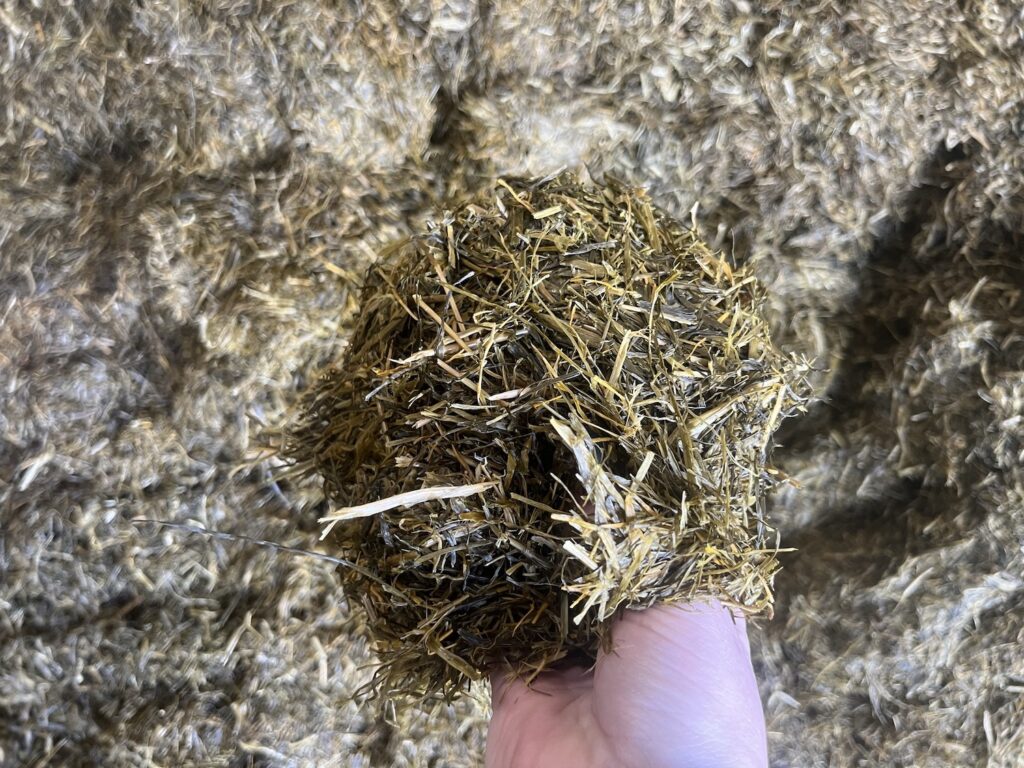Farmers urged not to feed spoiled silage as rations fall short
17th January 2023
Even small amounts of spoiled silage will have a detrimental impact on how much cattle eat and how their rumens function.
Dairy and beef farmers are being warned against feeding spoiled silage to cattle this winter. The warning comes as some farmers are reporting a shortage of silage for the season ahead.
Lientjie Colahan, technical sales support at Lallemand Animal Nutrition, warns farmers not to include any spoiled silage, even in small amounts, in the ration for their cattle this winter.
“Making the most out of home-grown forage is more important than ever as feed prices continue to soar, however including spoiled silage in rations can do more harm than good,” says Mrs Colahan.
“Feeding spoiled silage, even in small amounts, will have a detrimental impact on how much the cattle eat and how their rumens function.”
She says a study conducted in America in 2000[1] looked at the effect of feeding spoiled silage to a group of cross-bred steers – in terms of rumen health and intake.
“The trial found the steers that were only receiving good silage had healthier rumens leading to better fibre digestion, compared to those that were fed spoiled silage,” adds Mrs Colahan.
“It also showed that as the percentage of spoiled silage in the ration increased, the animals ate less and the rumen mat, which stimulates the rumen to contract and mix feed together, started to disintegrate.”
Mrs Colahan says although it’s too late to influence the quality of silage available for the winter, farmers can make a big difference to how forage – and bought-in feeds – are digested in the rumen.
Alongside the removal of visibly mouldy silage and regular testing of forage to ensure the ration is appropriately balanced, she recommends including a rumen-specific live yeast in the ration.
“A live yeast will enhance the rumen’s ability to deal with stresses, such as spoiled forage, while also helping to release significantly more energy from the fibre fraction of the diet,” she adds.
“Live yeasts work by scavenging oxygen in the rumen, which in turn creates a more anaerobic environment – this helps the positive microbes, which work to digest fibre in the rumen, to flourish.
“The typical response of including a rumen specific live yeast, such as Levucell SC, is an improvement in ruminal digestive efficiency which increases the nutrients available for milk production and/or growth.”
[1] Effect of level of surface-spoiled silage on the nutritive value of corn silage-based rations (newprairiepress.org)

